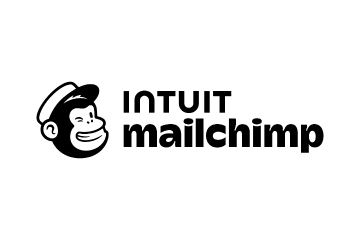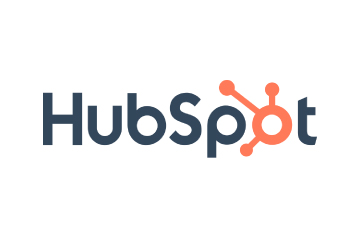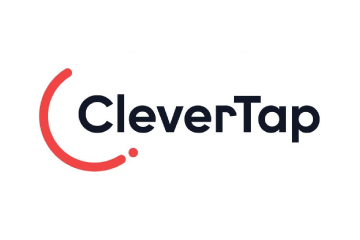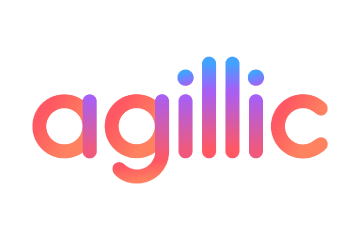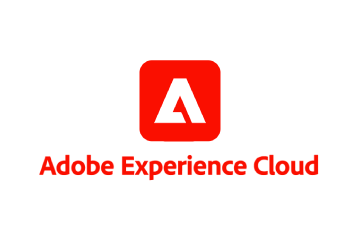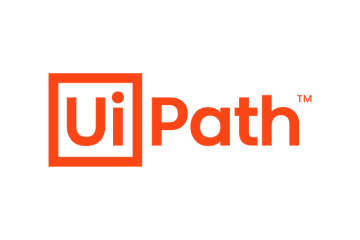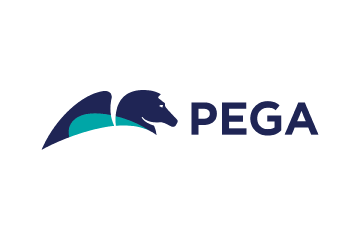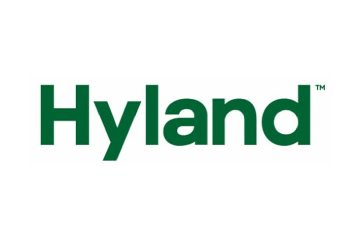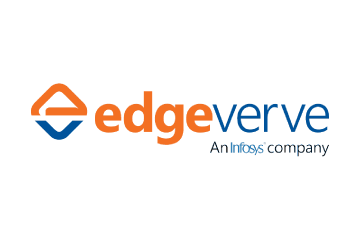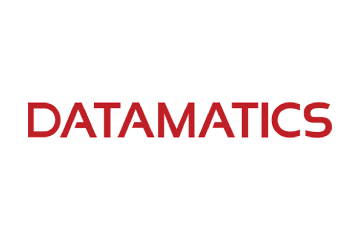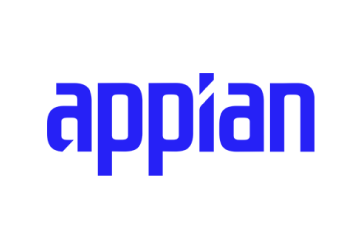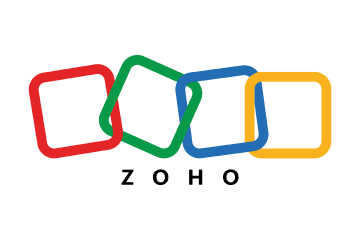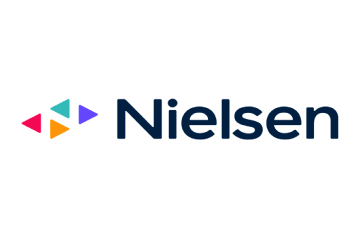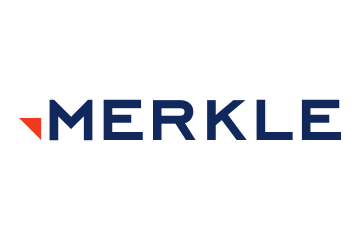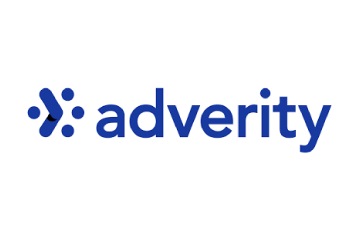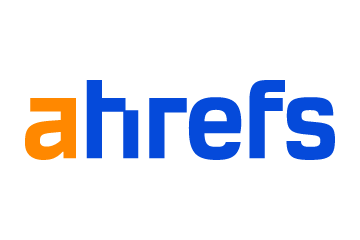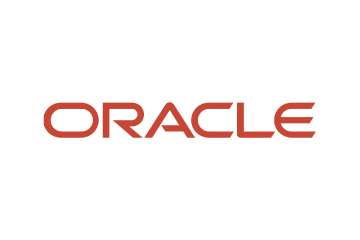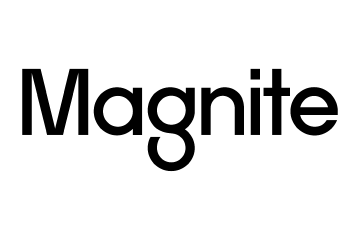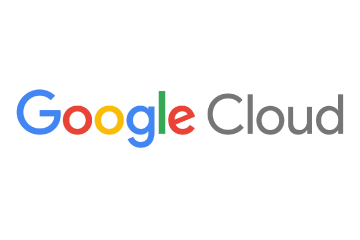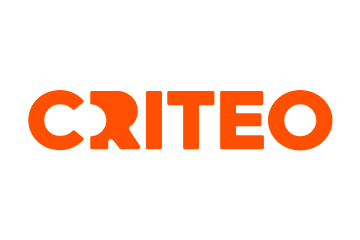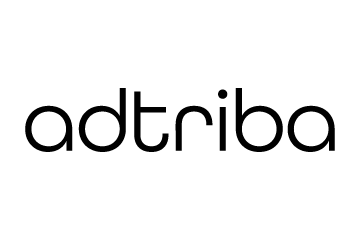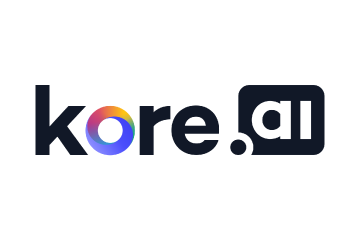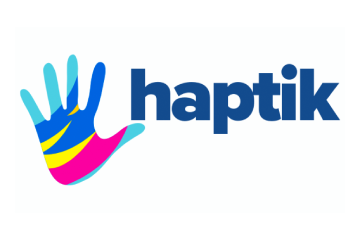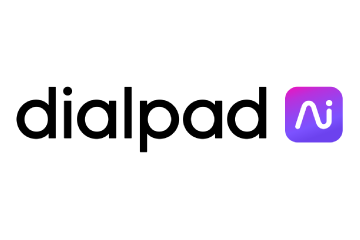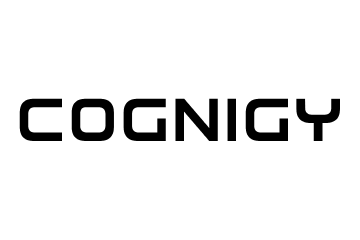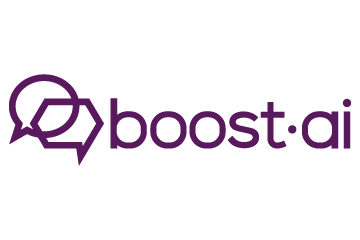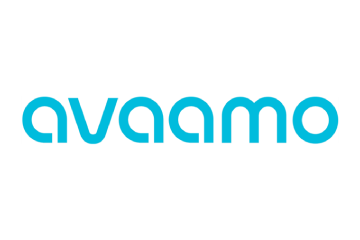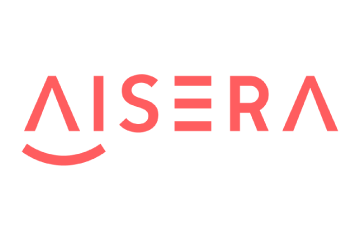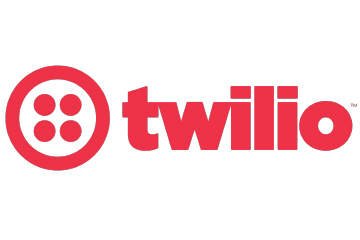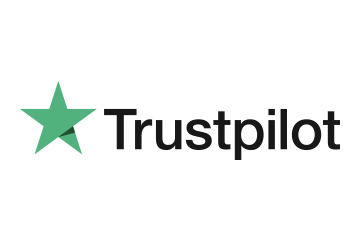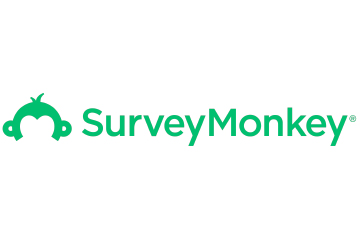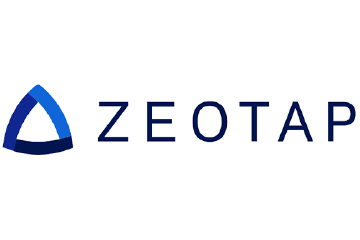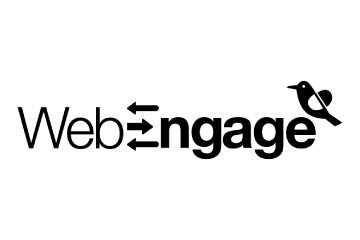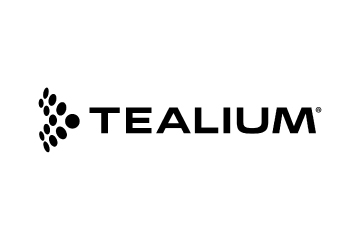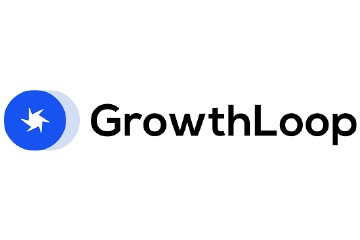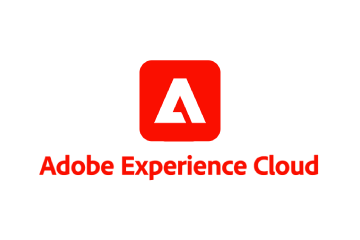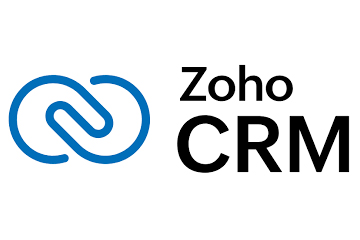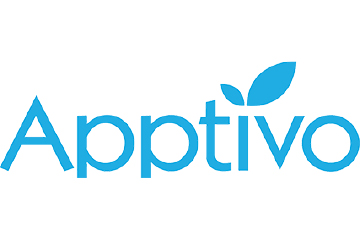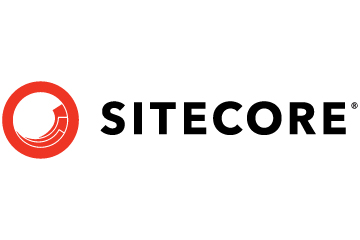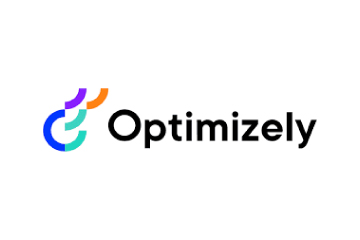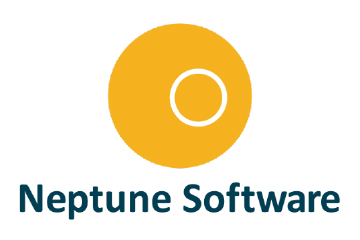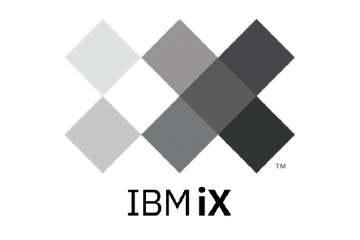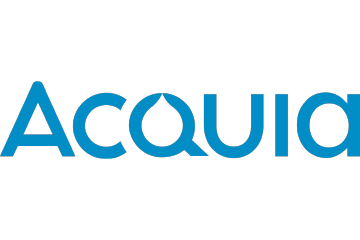Does GEO Render Traditional SEO Redundant?
As AI tools like ChatGPT and Perplexity change how people search, traditional SEO is facing new challenges. Learn what Generative Engine Optimisation (GEO) means and how marketers can adapt to stay visible in AI-driven results.
Topics
What to Read Next
- Zeta Global, OpenAI Partner to Deliver Answer-Driven Marketing with Athena
- WPP Launches Agent Hub on WPP Open
- Stagwell Launches ‘The Machine’: Agentic Marketing Operating System
- PubMatic Unveils AgenticOS, the Operating System for Agent-to-Agent Advertising
- Marketing Architects, Jounce Media Partner to Bring CTV Buying Transparency

In the 1990s, the web was a fragmented space. Users relied on manually curated directories like Yahoo! or early tools like Archi, which indexed FTP and Gopher servers, and the focus was on file names rather than full content.
Then, search engines like AltaVista, Lycos, and Ask Jeeves introduced algorithmic indexing. The launch of Google in 1998 with its PageRank algorithm introduced the idea of link authority.
By 2010, search engines began understanding context and intent, not just keywords.
Fast-forward to now: According to recent research by Bain & Company, 80% of people use AI-generated answers for at least 40% of their online searches.
That means fewer clicks, even if the content still ranks well on Google.
Tools like ChatGPT and Perplexity are giving users fast and direct answers. These tools rely on Generative Engine Optimisation (GEO), an approach focused on ensuring the content is visible in AI-generated responses.
As this new battleground for GEO heats up, solutions are in high demand. Berlin-based startup Peec AI is tapping right into that need, and investors are paying attention. Just five months after its launch, Peec AI has raised €7 million to expand its AI-powered search platform designed specifically for marketing teams eager to boost their GEO visibility.
The Engine Behind GEO
While SEO is built around keywords, backlinks, and metadata to help pages rank in search results, GEO is designed for AI-first environments, where the goal is not just visibility on a results page but inclusion in the answer itself.
These systems crawl the web much like traditional search engines, but instead of indexing pages based on keywords alone, they convert content into semantic embeddings using LLMs.
The embeddings capture the underlying meaning of text, allowing the system to understand nuance, tone, and context far beyond keyword-based systems.
So, when a user asks a question, GEO platforms perform a real-time semantic search, not just scanning for matching words, but for matching ideas. From there, they use a process called Retrieval-Augmented Generation (RAG).
The AI retrieves the most semantically relevant content from its database and then generates a response based on that information. It ensures the answer is both contextually accurate and grounded in real data.
Well, GEO is assumingly all-powerful. Instead of pointing users to websites, it delivers fully formed, AI-crafted answers that summarise or synthesise the best available information. That’s a huge shift in how content gets consumed, and by extension, how it needs to be created.
Now, here’s the nail-biting question – Is GEO replacing SEO? Not entirely.
SEO to GEO: What Has Actually Changed?
Traditional search engines like Google monetise user attention. They showed ads, tracked engagement, and optimised for stickiness. In contrast, many LLMs — including ChatGPT — are paywalled, subscription-based services.
Their incentives are totally different. Rather than keeping users in a loop of search results, these systems are designed to deliver the best possible answer quickly and efficiently.
That also means they’re less likely to reference third-party content unless it’s high-value, additive, or enhances the perceived intelligence of the product. This makes the competition for inclusion even tighter and more strategic.
That said, there are emerging signs that AI platforms can become meaningful traffic drivers. ChatGPT, for example, is already directing outbound clicks to tens of thousands of unique domains.
But the mechanism is selective, not exhaustive.
Natasha Sommerfeld, Partner at Bain & Company, stated in a report, “For years, digital marketers have focused on optimising search engine rankings to drive brand discoverability and traffic to their websites.”
“Now, AI-generated search results are rewriting the rules, and SEO optimisation is no longer enough. Brands must evolve or risk losing visibility into their customer journey, and control over their brand positioning, in a world where traditional clicks are disappearing.”
This change ties into a bigger challenge. A recent American Customer Satisfaction Index study found that just two years ago, customer satisfaction in the US hit its lowest point in 20 years. That’s a sign that people expect faster, more accurate answers. And they’re also turning to AI to get them.
For content marketers, it’s no longer just about ranking. It’s about being found, quoted, or summarised in the answers people now trust.
What Marketers Need to Do Differently Now
It’s a fundamental shift in how digital interaction is approached—no longer just about helping users find information, but about making them feel understood.
GEO leverages AI to move beyond reactive search and static content delivery. Instead, it uses predictive modelling, contextual awareness, and behavioural analysis to anticipate what users might need before they even ask.
Unlike traditional search engines that direct users to websites, generative AI tools aim to provide direct answers. That means if a brand’s content isn’t being picked up, summarised, or cited by these tools, it may be missing out on visibility—and potentially, on customer trust.
Companies like Onfolio Holdings Inc., Amsive, Lily AI, and others have started offering new solutions to help marketers show up in AI-generated answers.
During the launch of Pace Generative, Dominic Wells, CEO of Onfolio Holdings Inc., said, “AI is where decisions are being made. If your brand isn’t part of the answers, it’s invisible to the customer. GEO isn’t just an evolution of search—it’s the new baseline for discoverability.”
To succeed, content marketers need to focus on:
- Clarity: Write with purpose and make sure the key points are easy to extract.
- Credibility: Use trusted sources, original insights, and brand authority.
- Structure: Organise content with clear headings, definitions, and data points AI can parse easily.
Instead of only chasing keywords or backlinks, the new goal is to become the source that AI engines trust and surface when users ask questions.
That’s the true shift from SEO to GEO.
The Takeaway: It’s Time to Evolve the Search Strategy
Search is changing fast, and so should every brand’s approach. If a brand’s content isn’t showing up in AI answers, it’s already falling behind.
During the recent launch, Lily Ray, VP of SEO Strategy & Research at Amsive, said, “AI is fundamentally rewriting the rules of search, and waiting to adapt is not a strategy. Brands that aren’t proactively optimising for how AI systems surface information risk losing visibility where it matters most.”
And marketers are also starting to act. A recent report by Brightedge found that 68% of marketers are already adjusting their strategies for AI search, even though 57% say they’re still figuring it out. It’s clear: no one has all the answers yet, but standing still isn’t an option.
While GEO isn’t here to replace SEO overnight, it’s adding a new layer of visibility that’s quickly becoming essential.
Can brands keep pace when the algorithm is both gatekeeper and storyteller? The AI engine doesn’t just index content, it decides what matters, what doesn’t, and what gets erased.
So yes, the search is changing. The real challenge is to make sure the brand’s voice still shows up when the answer lands.
ALSO READ: AI as the UA Optimiser: Smarter Targeting, Faster Iteration













